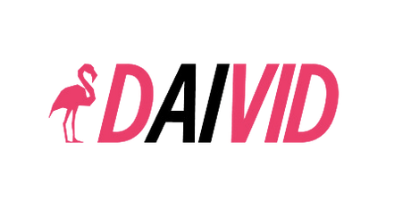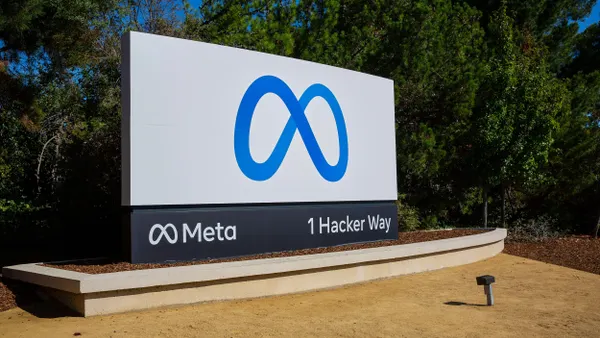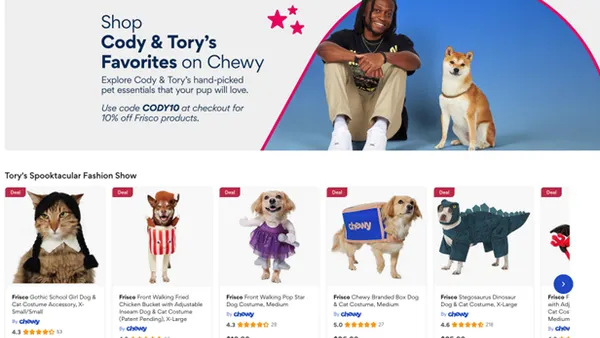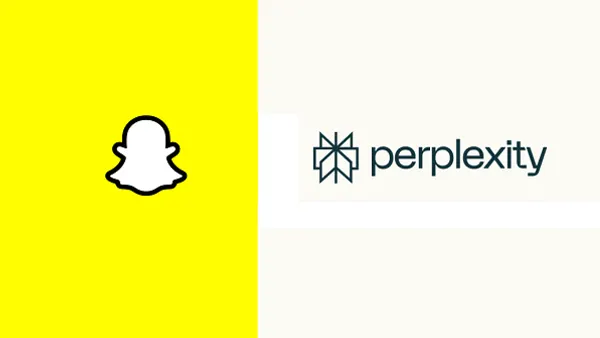Facebook remains the biggest social media player in the room, and marketers look at its user base with stars in their eyes and campaign dreams in their minds.
The world's largest social network has been steadily adding features for advertisers on the platform, from an updated ad revenue sharing policy to a fresh viewability option. And now, users are about to get some version of a "Dislike" button, and marketers are waiting to see what branding impact that will have, good or bad.
Facebook's almost one billion active daily users have long-requested a "dislike" button, but CEO Mark Zuckerberg had in the past expressed reluctance to add such a feature for all users, consumers and marketers alike. However, this month the chief executive confirmed a "dislike" button is in the works. The Menlo Park, Calif.-based tech titan is constantly tweaking its advertising features and products -- it’s no surprise that marketers are looking for ways to engage with Facebook’s audience.
Why? Here are Facebook's most current user stats:
- 968 million daily active users on average for June 2015
- 844 million mobile daily active users on average for June 2015
- 1.49 billion monthly active users as of June 30, 2015
- 1.31 billion mobile monthly active users as of June 30, 2015
- Approximately 83.1% of our daily active users are outside the U.S. and Canada
Even B2B marketers, who might more typically look to LinkedIn when thinking about social media campaigns are taking advantage of Facebook for retargeting campaigns. Research from AdRoll found B2B retargeting spending on Facebook is up 61% year-over-year, and that almost half of B2B marketers worldwide are using the social network for retargeting ad campaigns.
Among the changes Facebook has been implementing with advertising on the site include a new policy of sharing video ad revenue with its publisher partners; stopping charging advertiser for social clicks, such as "likes" and "shares" and only charging for link clicks related to the ad; rolling out a method that might reach that holy grail of digital ad measurement by tracking ad performance all the way to a sale at a brick-and-mortar store. Facebook is now even offering a new viewability option that allows marketers to only pay for ads 100% in-view. Although that is being questioned by some marketers because that payment option has no minimum 100% in-view time limit so ads might only appear on users’ screens for a split second.
To 'Like,' or to 'Dislike?'
The latest, most-buzzed about option Zuckerberg recently announced is the addition of the "dislike" button to go along with the ubiquitous "like" option. Adding some sort of dislike option is something Facebook users have wanted because, as the chief executive explained, sometimes friends share news, such as a personal tragedy, that "liking" doesn’t seem as the correct response.
While consumers are applauding the potential feature, its understandable why marketers and brands might be a little concerned. Though Facebook has not said whether a "dislike" option would be available across the board, or only for personal posts, and not brand Pages, advertisers could stand to take a hit if people an actively "dislike" their social media posts. (Facebook "like" buttons are also available across the Internet on brands' websites with the plug-in feature that allows for users to "like" and "share" on third-party sites.)
Still, Zuckerberg didn't provide any other details about what it might look like other than the feature is under development. It's likely the eventual new button won't be an outright "dislike" feature. Based on Zuckerberg's tone and previous statements about his vision of Facebook as a positive place for users, it's speculated the feature actually may be something more of an "empathy" button.
In fact, a vote for a milder version can be found in Zuckerberg’s language, “You don’t want to go through the process of sharing some moment that’s important to you … and then have someone down-vote it. That isn’t what we’re here to build in the world.”
And, Facebook has plenty of incentive to not give its users an option to down vote brands via a "dislike" button as on Reddit because it has no desire to hurt ad revenue.
Certainly, whatever form it ends up taking, the “dislike” button is something marketers will want to keep track of and plan how to handle once it becomes part of the Facebook experience. Reputation management is a bit of minefield on social media for brands since every complaint, legitimate or not, potentially can grab a worldwide audience with a post that ends up going viral. A "dislike" button will become one more social media feature to manage for marketers.
So when will the dislike become part of the Facebook experience? Not anytime soon if you want to read into Zuckerberg’s statement, “It's surprisingly complicated to make an interaction that will be simple."












